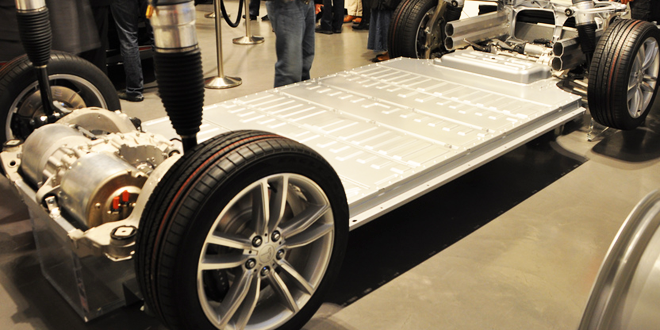Depending upon which versions, yes. The BMW 3-Series, 5-Series, and 7-Series were all essentially the same car, with different wheelbase lengths, for like, ever. Their individual product development may have divulged somewhat over the years, but there's a reason why they all used the same motors for a very long time.
The Toyota Avalon is the latest version of what used to be called the Cressida, and before that, the Corona. Those are basically stretched wheelbase versions of the Camry. Which was a larger version of the Corolla. Much the same progression exists for Honda Accord and Civic.
A lot of traditional automobile manufacturers have made the best use of engineering scale, in a literal sense, over the years. Design it once, scale it up or down for purpose. Use it again, over, and over, and over again. Easy.



